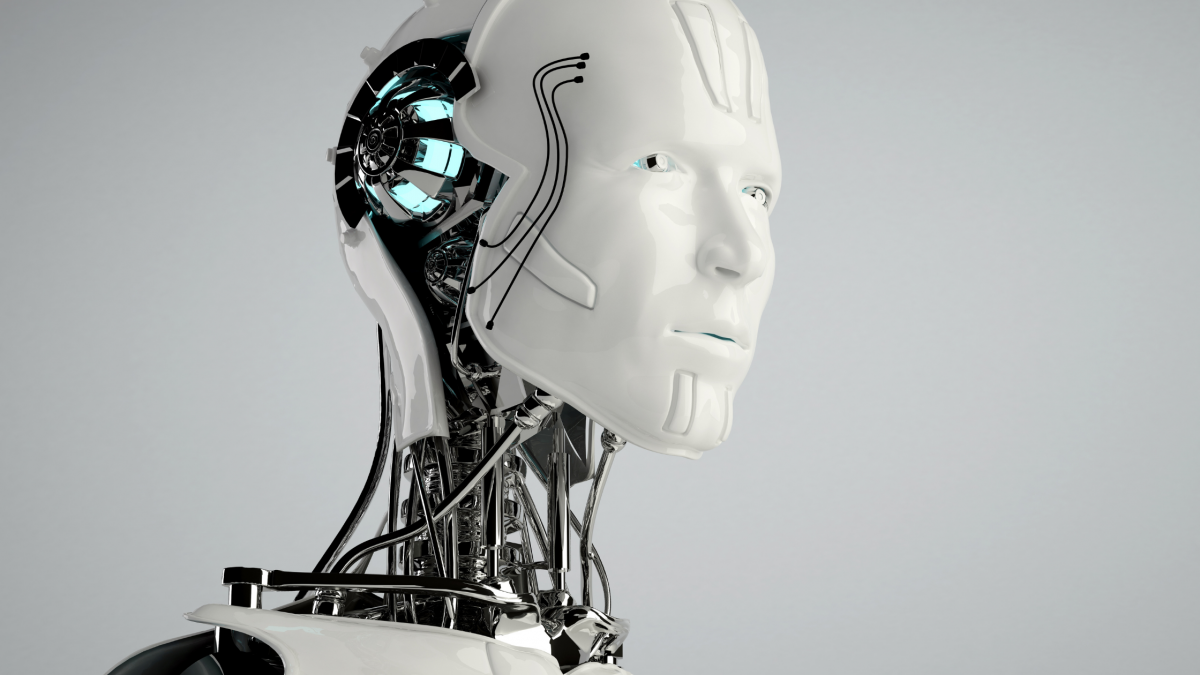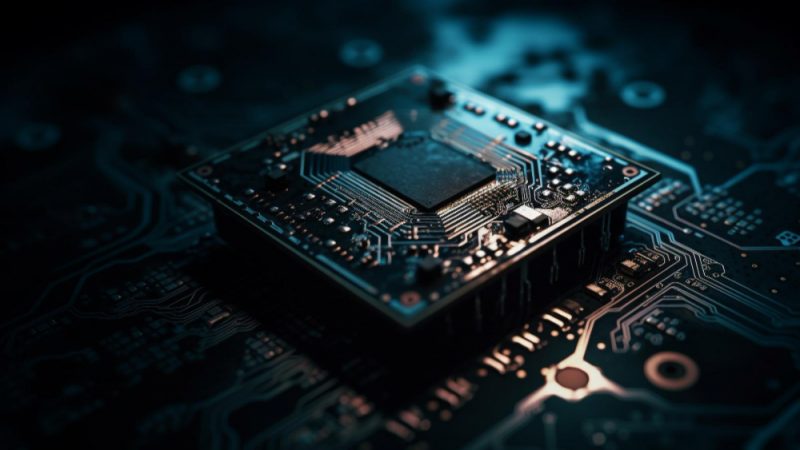Future Prospective of Robotic Artificial Muscles

Robotic artificial muscles are a form of artificial muscle that enables robots to perform the same movements, just like other biologically inspired motions. Artificial muscles allow robots to move and perform actions. Robotic artificial muscles are flexible and capable of producing straight contractions, just like our biological muscles.
The technology has widely grown in popularity in various fields, including biomimetic robots, soft robots, and safe human-robot.
Scientists have tried to develop devices that imitate the range of motion and characteristics of natural muscles. These muscles can easily expand or contract according to the impact of external factors, such as temperature, pressure, electric current, or voltage.
Potential Uses of Robotic Artificial Muscles
The wide applications of robotic artificial muscles make them beneficial for biometric machines, medical robots, wearable robots, and other machines.
- Biomimetic Machines: Biomimetic machines are robots that emulate motion produced by their biological counterparts. All biomimetic machines use robotic artificial muscles. Such robots help in studying the different ranges of movement observed in nature. Biomimetic machines enable engineering systems to perform operations with better mobility.
- Medical Robots: The use of artificial robotic muscles allows increased stability in movement. Medical robots can perform hospital logistics and assist in surgeries and medical procedures. The growing era of medical robots is fueling the demand for robotic artificial muscles. As a result, the future of robotic artificial muscle is significantly bright in the healthcare sector.
- Wearable Robots: Robotic artificial muscles are used extensively by wearable robots, which allows the wearer to perform many ranges of motion. Wearable robotics have potential use for rehab purposes post-surgery.
- Humanoid Robots: Robots resembling the shape of the human body are called humanoid robots. Humanoid robots are used to study the motion of the human body and behavior to study how humans move. Robotic artificial muscles provide versatile movement to perform a flexible range of motion like a human.
- Manipulators and Grippers: Manipulators and grippers are robotic devices that enable gripping and manipulating any object which can be too hot, heavy, or too massive for a single person to carry. These machines use robotic artificial muscles, which may help factory workers to perform various activities, making them beneficial for the manufacturing sector.
- Healthcare: The robotic artificial muscles offer a wide range of motion and come with sensors that emulate a sense of touch like an actual limb. These features will be useful for producing prosthetics for patients who had to undergo amputations or were born with deformed body features.
- Walking Robots: Walking robots are robots that use limbs capable of sophisticated movements which provide locomotive capabilities. Such robots are better at maneuvering around on different and rough terrains when compared to wheeled robots. These robots have limbs capable of a wide range of motion, which is possible only using robotic artificial muscles technology.
Future prospective of Robotic Artificial Muscle
The ongoing advancements and wide applications of robotic artificial muscles are forecast to fuel their adoption in the coming years. The future of these actuators is likely to witness rapid growth. The growth of the new era is attributed to the growing prevalence of diseases which are burdening the healthcare sector. Apart from that, advantages like low weight, efficiency, elasticity are all the factors that may positively impact the future of these devices.
In 2019, KAIST’s Creative Research Initiative Center for Functionally Antagonistic Nano-Engineering introduced an advanced robotic muscle, which is thin as a skinny strip of paper. Moreover, the team used MXene(T3C2Tx), a compound made up of thin layers of titanium and carbon compounds, to increase the efficiency of the end product.
Several projects have been introduced that are focused on enhancing the capabilities of robots. STAMAS, a European Project introduced by Arquimea Ingeniería, DLR, ETH Zürich, Sensodrive, Universidad Carlos III de Madrid, and Universitá di Pisa. The project focuses on introducing exo-robotic hands and legs. These advancements would be done using Electro-Active Polymers (EAP) actuators and Shape Memory Alloys (SMA) to help astronauts lessen the impact of microgravity on the body.
Researchers in the field are innovating the quickest, strongest, and most efficient ways to enable robots to perform their intended activities.
Mechanical engineers, including professors and students from Northern Arizona University, developed a new high-performance artificial muscle technology. The engineers developed an Italian pasta-shaped artificial muscle called ‘Cavatappi.’ The robotic muscles have specific work and power metrics that are ten times higher than human skeletal muscles.
New possibilities for future usage as biological muscles are becoming more attainable because of the growing research and development in robotic artificial muscles technology.
The robotic artificial muscles technology has developed and is expected to develop more in the coming years. The current stage of development has already given a glimpse of future prospects. According to Astute Analytica, the global robotic artificial muscles market is growing at a compound annual growth rate (CAGR) of 17.4% during the forecast year from 2022 to 2030.
Author’s bio:
Emma is a freelance writer and content strategist who offers to ghostwrite, blogging and copywriting services. She has a keen interest in content marketing with a hold on social media management and market research. With more than five years of experience in writing for different domains, currently, she is exploring a new area of interest in “Information Technology”. Pitch her out to discuss interesting and niche IT domains that are blooming in integration with modern technologies.






